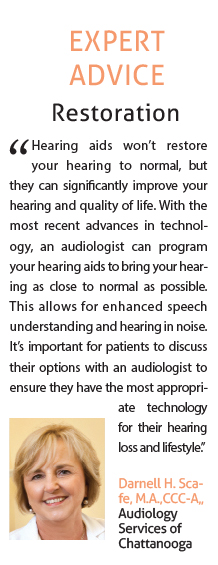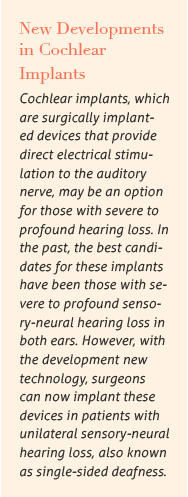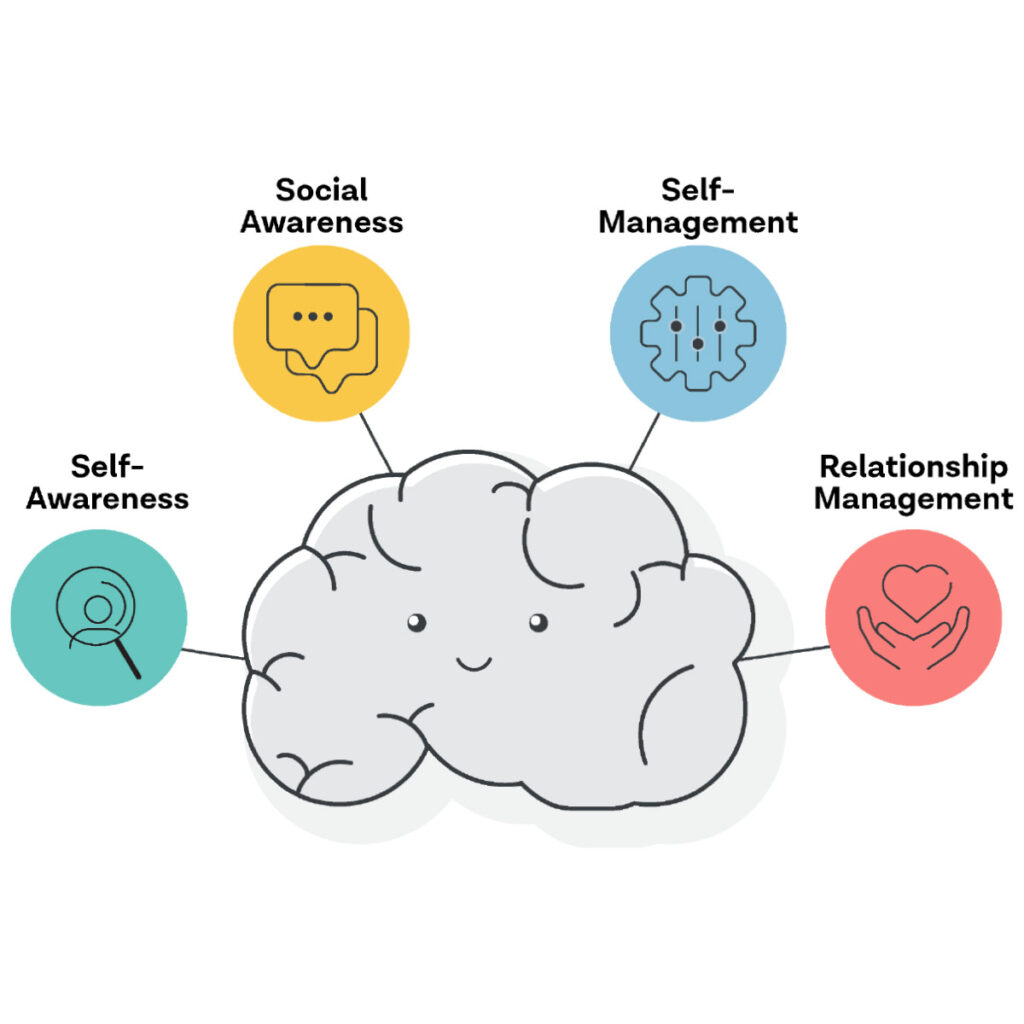
Certain physical changes associated with aging are more commonly accepted, or understood, than others. You can’t see as well as you could when you were a teenager, aches and pains show up in places you never knew existed, and for some, hearing becomes an issue.
However, it seems that many older adults suffering from hearing loss are not seeking treatment. A recent Johns Hopkins study shows that only around 14% of adults ages 50 and up with hearing loss are actually being treated with hearing aids. This translates to roughly 23 million people with hearing loss who may need treatment.
By Rashad J. Gober
Full PDF here.
Why aren’t more older adults seeking treatment for hearing loss? Experts hypothesize that many think hearing loss is a “normal” part of aging, while others may not have health insurance that covers treatment costs. Besides these factors, hearing aids have always had a bad rap. No one wants to be the old guy with huge plugs in his ears and strange whistles and radio noises coming from him. Fortunately, the days of cumbersome, clunky hearing aids are long gone. New technology is making treatment for hearing loss more accessible to meet a wide array of needs.
Hearing Aids in the Digital Age
Hearing aids differ based upon their circuitry. The conventional analog hearing aids that debuted in the ‘70s used vacuum tubes to amplify all sound (both speech and background noise) and a control wheel that allowed the user to adjust volume based on the environment. This kind of device with its vacuum tubes and heavy batteries is often what people initially think of when they hear the word “hearing aid.” However, nowadays less than 10% of hearing aid users use this specific treatment option.

Flash forward a few decades. Hearing aids are no longer obtrusive and noticeable. In fact, some are rather sleek. Most hearing aids today are digital, and even analog technology has greatly improved. For example, analog programmable hearing aids have a microchip that an audiologist programs for specific environments based on a user’s hearing loss profile.
Digital programmable hearing aids are the most advanced kind of hearing aid currently available. These devices employ all the features of the previously mentioned analog programmable aids, but also use digitized sound processing (DSP). DSP converts sound waves from a listening environment into digital signals, which are then read by a computer chip that determines whether the sound is speech or noise. The result is a clear, distortion-free sound. Digital programmable hearing aids also offer flexibility in hearing loss specific to the individual (i.e., they can be re-programmed as hearing improves or worsens over time) and offer better control of acoustic feedback—that annoying whistling sound often heard in conventional analog hearing aids.
Other improvements to hearing aids include:
Directional microphones. All hearing aids have a microphone to pick up sound. However, the problem with older hearing aid technology is that the microphones picked up all sound without differentiating between background noise and the sound on which the user was attempting to focus. But now, an option called a directional microphone has improved the ability to hear in an environment with much background noise. This new technology, often used in conjunction with DSP, is designed to pick up sounds in front of you while reducing noise behind you, essentially mimicking what our ears already do.
T-coils. A telephone coil, or t-coil, is a feature that lets you switch between a normal hearing aid setting and a telephone setting. This makes it easier to hear when talking on the phone by only receiving sound input from the phone and cancelling out other background noise.
DFR and DNR. Digital feedback reduction (DFR) technology in hearing aids monitors for feedback and cancels it out. Digital noise reduction (DNR) is a hearing aid option to reduce gain (amplification) in frequencies where noise is detected with the goal of improving speech recognition.

And of course, these are just a few hearing aid options now available to meet a population with diverse and specific needs.
Assisted Listening—New Options
In addition to new hearing aid technology, there are also more assistive devices on the market today to help people with hearing loss communicate better. These devices are often used in conjunction with hearing aids.
One less expensive assisted listening device is the personal amplifier, which is a good option for quieter environments. This device increases sound levels for the user. The amplified sound is then picked up by a receiver and able to be heard through earbuds or headphones.
Personal FM systems, which use radio signals to broadcast amplified sounds, are commonly used in classroom settings. For example, the teacher will wear a microphone and the student will have a receiver set to a specific radio frequency. These systems are great for public places because radio signals are able to be broadcast over long distances.
For the smart phone-savvy, there are even hearing apps like BioAid, which suppresses some frequencies and amplifies others for the hearing impaired. This app uses the phone’s microphone, audio processors, and earphones to help the user find a setting to suit his or her specific kind of hearing loss.
With all of the new technology and treatment options available, prospects are better than ever for the hearing impaired. If you are experiencing any kind of hearing loss, consider making the first step to talk with your audiologist. He or she can determine your level and type of hearing loss with a few diagnostic tests, and from there, you can begin discussions about treatment options and select the specific device to best suit your needs. There’s no reason why hearing loss should negatively impact your quality of life, and there is no time like the present to make a change.




